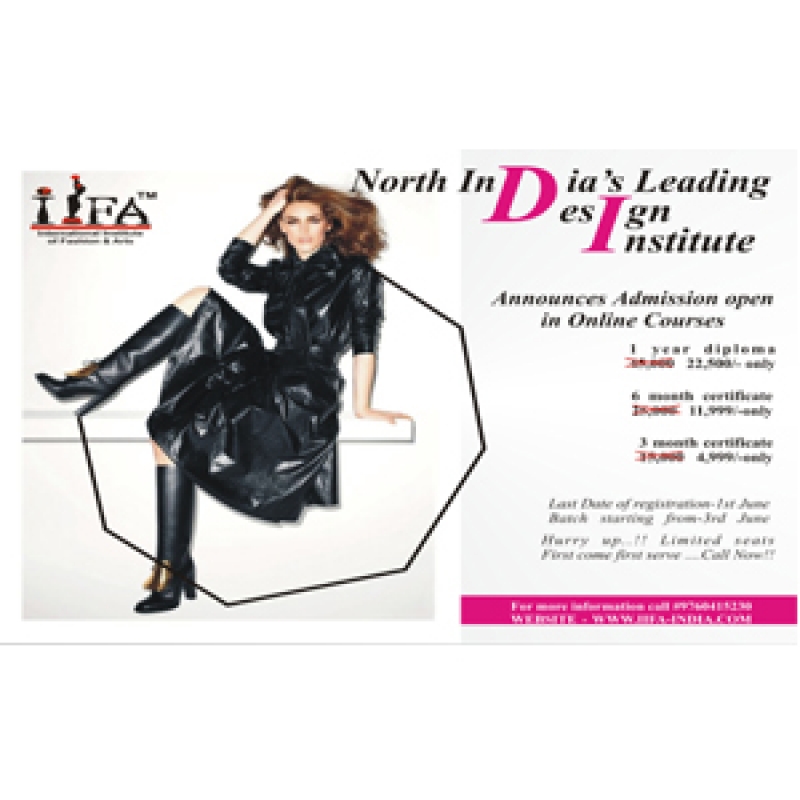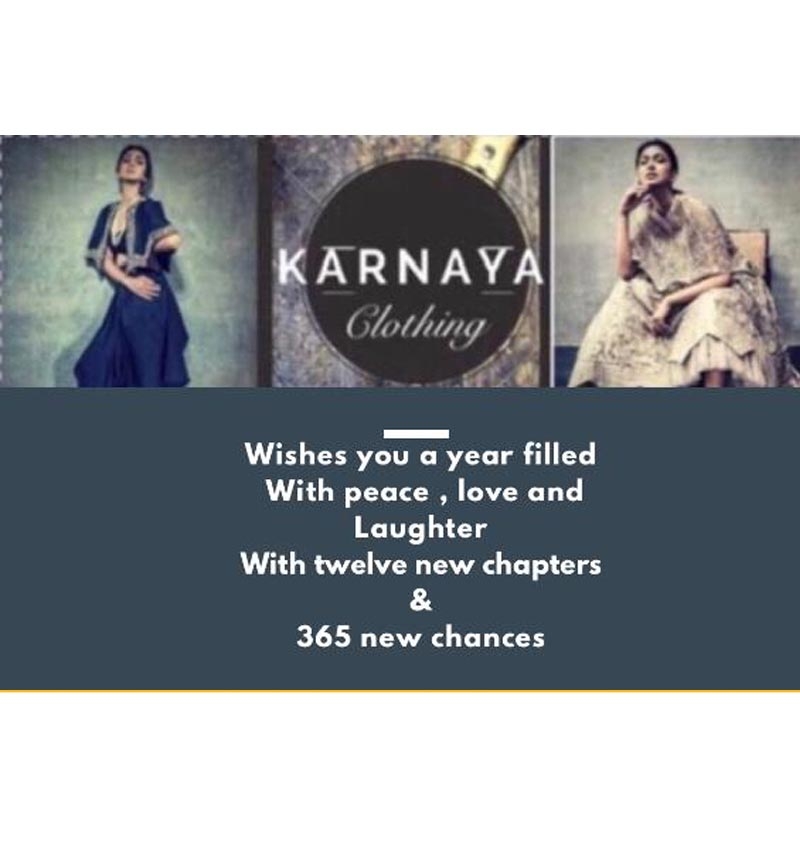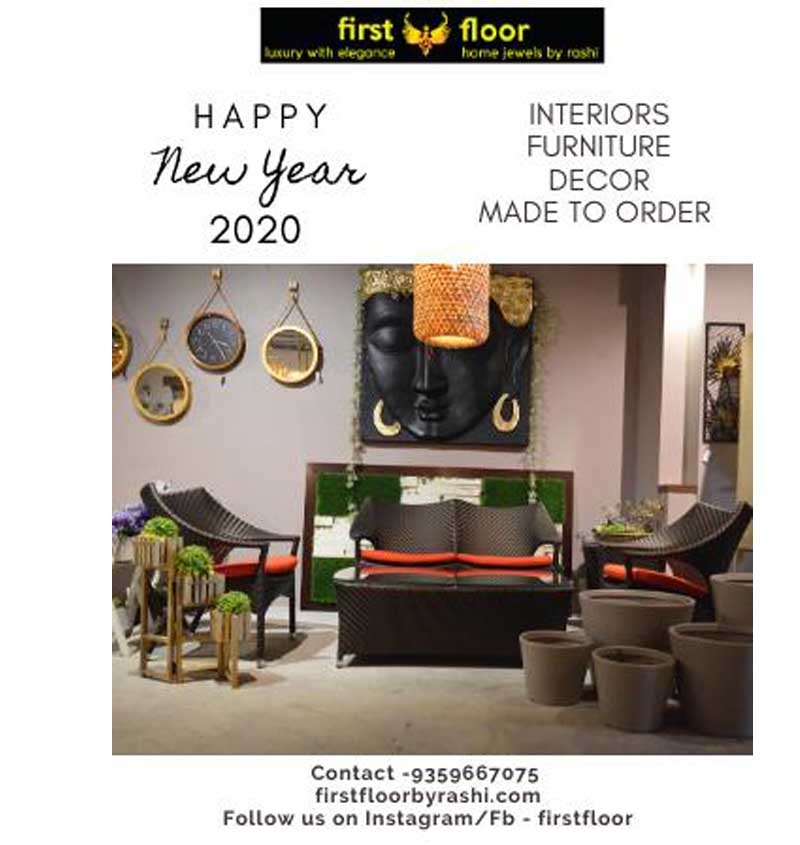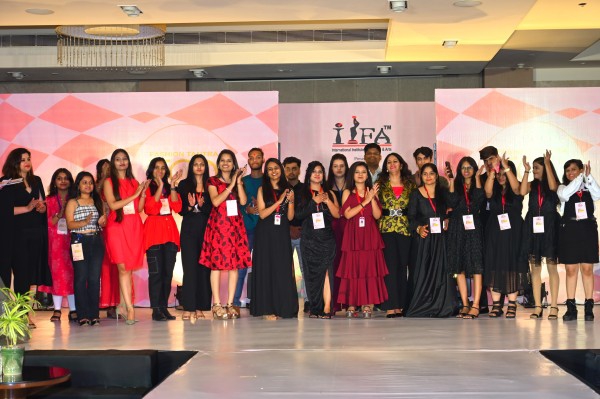1. The Influence of Pantone: Defining Colours of the Year
One of the most significant forces in the fashion industry’s colour trends is Pantone, a global authority on colour. Each year, Pantone announces its “Colour of the Year,” a selection that impacts everything from clothing and accessories to home décor and beauty. The chosen colour is often a reflection of the prevailing societal mood, and it serves as a major influence on designers and brands alike.
In 2023, for example, Pantone chose “Viva Magenta” (Pantone 18-1750), a bold, warm red with deep crimson undertones. This choice signified confidence, strength, and optimism, aligning with the world’s desire for renewed vibrancy post-pandemic. Prior to that, hues like “Very Peri” (a periwinkle blue) in 2022 and “Classic Blue” in 2020 set the tone for the trends that followed.
Pantone's Colour of the Year is often an early indicator of shifts in broader fashion colour trends, and many designers look to these recommendations when curating their seasonal collections.
2. Seasonal Colour Palettes: Reflecting Nature and Culture
Fashion colour trends are also heavily influenced by the changing seasons, with certain colours becoming more popular as the weather shifts. Spring and summer collections often see a rise in pastel shades, vibrant floral tones, and earthy neutrals, while fall and winter bring out deeper hues like rich burgundies, emerald greens, and warm mustard yellows.
For example, spring collections may feature soft pinks, lavender, mint green, and powder blue, as these colours reflect the fresh blooms and lighter tones of the season. In contrast, the fall-winter months evoke a sense of warmth and coziness, leading to the popularity of darker hues like navy, plum, burnt orange, and deep red.
However, fashion doesn’t always adhere strictly to these seasonal rules. Global warming and environmental awareness have also led to a shift in how certain colours are used, as designers begin to experiment with unexpected pairings, such as neon tones during autumn or icy blues in summer collections.
3. The Role of Technology in Colour Trends
Technology has significantly impacted colour trends in fashion, with advancements in digital design tools and fabric production allowing for a wider range of colours to be created and applied. From vibrant neon shades to metallic finishes, technology has opened new doors for designers to experiment with futuristic hues.
Additionally, social media platforms like Instagram, TikTok, and Pinterest play a major role in influencing colour trends. Fashion influencers and celebrities often showcase their outfits in real-time, leading to viral colour combinations or styles that take off season after season. The immediacy of social media allows certain colours to rise to prominence, and what may start as a niche or street style trend can quickly become a dominant force on the runway.
4. Cultural and Societal Shifts: Colour as a Symbol of Change
Fashion is never created in a vacuum, and societal shifts are often reflected through the colours that dominate a given era. Over the years, colour trends in fashion have been shaped by political movements, economic changes, and cultural moments.
For example, the 1960s and 1970s saw the rise of bold and psychedelic colours, reflecting the counterculture movements and the optimism of post-war recovery. In contrast, the 1980s were defined by vibrant neons and metallics, encapsulating the consumer-driven culture and excess of the era.
In recent years, there has been a shift towards sustainability and inclusivity, which has also influenced colour trends. Earthy tones like terracotta, ochre, and sage green have gained traction, symbolizing a return to nature and the growing desire for eco-conscious fashion. Similarly, muted and understated colours such as beige, taupe, and soft grey have emerged as a reaction to the chaos of the digital world, with minimalism gaining popularity in fashion.
5. The Return of Retro: Nostalgia’s Influence on Colour Trends
Another key factor in fashion colour trends is nostalgia. Every few decades, fashion tends to revisit past eras, and this often includes a resurgence of iconic colours that defined those times. The 1990s, for example, saw the revival of earthy tones and pastel shades, reflecting a return to the understated fashion of the decade.
Similarly, the early 2000s are making a comeback, with colours like hot pink, electric blue, and lime green—once popular in Y2K fashion—reappearing on the runways and street style scenes.
Nostalgia often brings with it a mix of old and new, as designers reinterpret vintage shades and create fresh, modern takes on retro-inspired palettes.
6. The Globalisation of Fashion and Its Impact on Colour Trends
In today’s interconnected world, fashion is no longer confined to one region or culture. The globalisation of fashion has led to a blending of influences, with designers drawing inspiration from cultures around the world. This has resulted in the introduction of vibrant and diverse colour palettes that reflect global aesthetics.
In African fashion, for example, bright, bold colours like rich oranges, reds, and yellows are often used in traditional garments and textiles, and these shades have influenced global fashion. Similarly, the use of deep blues, purples, and golds from Asian and Middle Eastern cultures has made its way into the mainstream, adding layers of meaning and complexity to colour choices.
7. Key Colour Trends in Fashion Right Now
As of 2025, the fashion world continues to see a mix of bold, dramatic tones and softer, more muted hues. Key colour trends include:
- Vibrant Yellows and Oranges: Bright, energizing colours are taking centre stage, symbolizing optimism and vitality.
- Soft Pastels: Light pinks, lilacs, and mint greens remain popular for spring and summer collections, offering a sense of calm and serenity.
- Earth Tones: Shades of brown, beige, and olive green dominate fall collections, aligning with the growing desire for sustainability and natural aesthetics.
- Neon Accents: Bold neon colours, such as electric pink and green, continue to be a key feature in streetwear and festival fashion.
- Rich Jewel Tones: Deep emerald, sapphire, and ruby hues are making a comeback for evening wear and high-fashion collections.
Conclusion
Colour trends in fashion are an ever-changing reflection of societal shifts, technological advancements, and cultural movements. From Pantone’s annual colour selections to the rise of nostalgic hues and global influences, colour remains one of the most powerful tools in a designer’s arsenal. Whether it’s a vibrant, bold hue or a soft, muted tone, the colours we wear are more than just aesthetics—they are an expression of who we are, where we’ve been, and where we’re going. As fashion continues to evolve, so too will the colours that define its future.



















Your Message